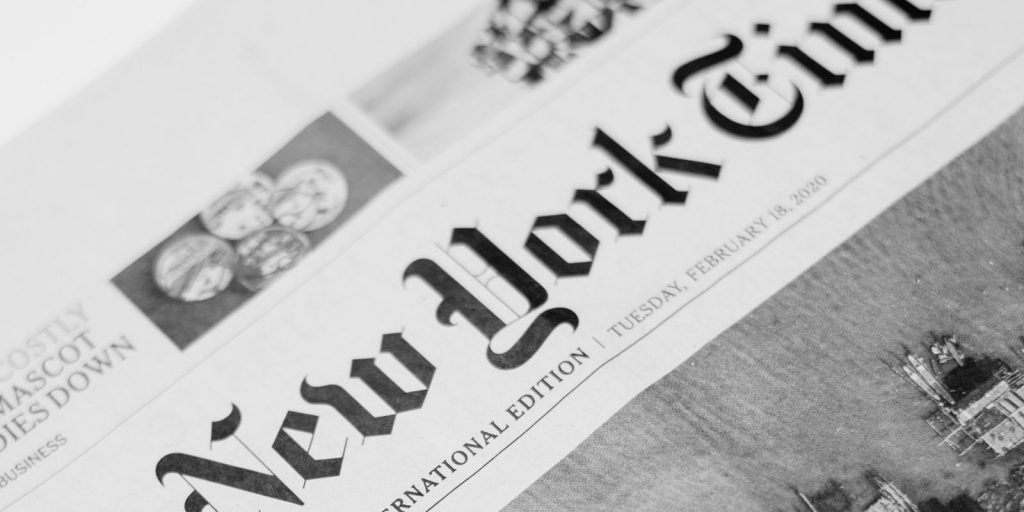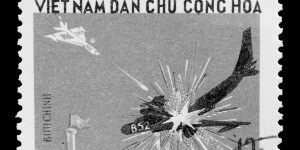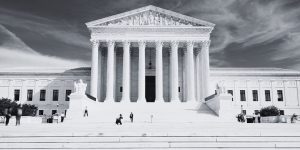
What Happened On June 13th?
On June 13, 1971, The New York Times published the first part of the Pentagon Papers, a secret study by the Department of Defense detailing the United States’ political and military involvement in Vietnam from 1945 to 1967. This bold move challenged government secrecy and led to a historic Supreme Court case that tested the limits of press freedom.
Exposing The Cover-Up
The Pentagon Papers, officially titled “Report of the Office of the Secretary of Defense Vietnam Task Force,” had been commissioned by Secretary of Defense Robert McNamara in 1967. The report was meant to be a thorough historical analysis of the United States’ Vietnam policy. Spanning about 7,000 pages, the study revealed numerous lies by successive U.S. administrations about the scope and scale of American involvement in Vietnam. It detailed not just the military strategies but also the political schemes and covert operations that underpinned the lengthy conflict.

Breaking The Silence
Daniel Ellsberg, a former Marine and military analyst who had worked on the study, became disillusioned with the war and decided to leak the documents to The New York Times. His decision stemmed from a deep belief that the American public had a right to know the truth about the government’s actions. After months of secretly copying and planning, Ellsberg approached Neil Sheehan, a reporter at The New York Times, in March 1971.
Secret Files Exposed
Ellsberg copied the papers at a small advertising agency in Los Angeles owned by a friend. He worked late into the night, carefully duplicating each page using a Xerox machine, a slow and tedious process that lasted several weeks. This secretive operation was fraught with tension, as Ellsberg and his collaborators knew they could be discovered and arrested at any moment.
War Lies Revealed
The New York Times’ editorial team, led by Executive Editor Abe Rosenthal and publisher Arthur Ochs Sulzberger, Sr., faced a huge ethical and legal dilemma. The decision to publish the Pentagon Papers was filled with risk. They knew that revealing these documents would not only provoke the anger of the federal government but could also result in severe legal repercussions, including charges of espionage. Yet, they remained driven by a commitment to journalistic integrity and principle.
Top Secret Exposé
On the morning of June 13, 1971, readers of The New York Times were greeted with a headline that resonated through the corridors of power and across the nation: “Vietnam Archive: Pentagon Study Traces 3 Decades of Growing U.S. Involvement.” The article, meticulously crafted by Neil Sheehan, laid bare the stark realities of the United States’ Vietnam policy. It exposed how the government had misled the public and Congress about the war’s progress and prospects.
Nothing Could Be Done About It
The Times’ editorial board anticipated possible government intervention and arranged for the papers to be distributed among several newspapers across the country. This strategy ensured that even if one publication was shut down by a court order, others could continue disseminating the information. As a result, when the Nixon administration obtained a temporary restraining order against The New York Times, The Washington Post began publishing its own articles based on the Pentagon Papers, followed by the Boston Globe and the St. Louis Post-Dispatch.
How The Government Reacted
President Richard Nixon, who was initially unconcerned about the leaks due to their focus on previous administrations, quickly changed his stance under the influence of National Security Advisor Henry Kissinger. Kissinger warned that the disclosure of these documents could severely damage national security and diplomatic efforts. Consequently, the government sought an injunction to prevent further publication, citing the Espionage Act of 1917.

The ensuing legal battle, famously known as New York Times Co. v. United States, escalated rapidly. On June 15, 1971, the U.S. District Court in New York issued a temporary restraining order against The New York Times, halting the publication of further articles based on the Pentagon Papers. The newspaper, along with The Washington Post—which had also begun publishing the documents—challenged the injunction, leading to a historic showdown in the Supreme Court.
The Government vs. The Press
The case was argued before the Supreme Court on June 26, 1971. At the heart of the debate lay the fundamental issue of press freedom versus national security. The government’s position, presented by Solicitor General Erwin Griswold, argued that the publication of the Pentagon Papers posed a “grave and immediate danger” to the United States. Conversely, The New York Times’ legal team, led by First Amendment attorney Floyd Abrams, contended that prior restraint—preemptively prohibiting publication—violated the First Amendment.
Supreme Court Backs The Times
On June 30, 1971, the Supreme Court delivered a landmark decision in favor of The New York Times. In a 6-3 ruling, the Court held that the government had not met the heavy burden of proof required for prior restraint. Justice Hugo Black, in a concurring opinion, wrote passionately about the necessity of a free press, stating, “The press was to serve the governed, not the governors. The government’s power to censor the press was abolished so that the press would remain forever free to censure the government.”
Less than a year later, Operation Linebacker II concluded the Vietnam War.

